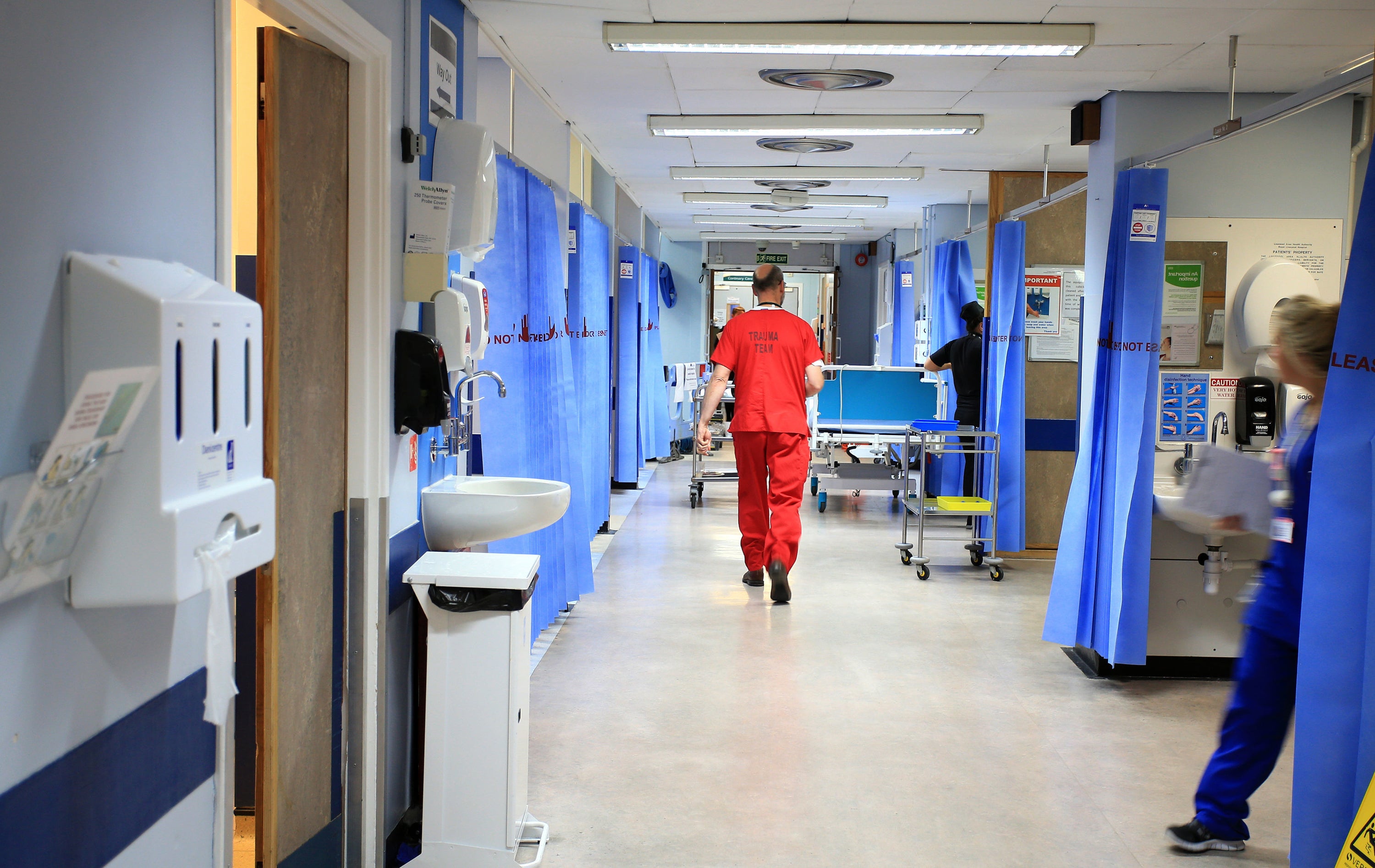Age group which waits the longest for cancer diagnosis revealed

Teenagers in the UK with bone tumours are facing longer waits for cancer diagnosis, while infants and those with kidney cancer receive the quickest diagnoses, a new study has found.
Researchers at the University of Nottingham analysed data from 2,000 children diagnosed with cancer between September 2020 and March 2023 and found significant disparities in diagnosis times depending on the type of cancer.
Delays in diagnosis can have severe consequences, as untreated tumours can grow bigger and spread around the body, requiring more aggressive treatments and reducing the chances of a successful recovery.
While some children were diagnosed on the same day their symptoms began, others waited up to six years, experts found. On average, a diagnosis came within 4.6 weeks.
The time to diagnosis was found to be longest among 15 to 18-year-olds, who waited for an average of 8.7 weeks before they were told they had cancer.
And those with bone cancer were found to wait for more than three months on average, or 12.6 weeks.

Meanwhile, children under the age of one waited just 3.7 weeks before diagnosis and children with kidney cancer, also known as renal cancer, waited for an average of 2.3 weeks before they were diagnosed.
But they said that overall, half of the children and young people diagnosed with cancer in the UK are waiting for four weeks or more to be diagnosed.
They also studied where children were diagnosed and found the majority (67 per cent) were diagnosed after a trip to A&E, after an emergency referral or emergency admission to hospital.
Some cancer types, including bone tumours, soft tissue tumours Langerhans Cell Histiocytosis and brain tumours, were associated with a higher number of medical visits before diagnosis.
Writing in the Lancet Regional Health – Europe, researchers said their work highlights “disparities for age and diagnostics groups” when it comes to cancer diagnoses as they called for more efforts to “accelerating diagnosis” for those facing “lengthy” waits.
They said the findings could help inform health officials as they draw up a national cancer plan for England.
Signs and symptoms of bone cancer
NHS
The main symptoms include:
- persistent bone pain that gets worse over time and continues into the night
- swelling and redness (inflammation) over a bone, which can make movement difficult if the affected bone is near a joint
- a noticeable lump over a bone
- a weak bone that breaks (fractures) more easily than normal
- problems moving around – for example, walking with a limp
If you or your child is experiencing persistent, severe or worsening bone pain, visit your GP.
Dr Shaarna Shanmugavadivel, from the School of Medicine at the University of Nottingham, said: “For the first time, we understand the current landscape of childhood cancer diagnosis in the UK.
“There is an urgent need to focus efforts on young people and tumour types such as bone tumours that are still experiencing lengthy intervals. The earliest possible diagnosis is key as time is crucial.
“Untreated, tumours grow bigger and can spread around the body, requiring more extensive surgery and more intensive therapies to offer cure.
“The findings will help focus efforts towards closing the gap for these groups, ensuring more children and young people receive a diagnosis sooner.”
Ashley Ball-Gamble, chief executive of CCLG: The Children and Young People’s Cancer Association, and co-author of the study, added: “It’s crucial that we understand why certain groups, such as older teenagers, or those with certain cancers, such as bone and brain tumours, are likely to face a lengthier diagnosis.
“By recognising these differences, we hope to work towards faster diagnoses and improved survival rates.”
[title_words_as_hashtags



